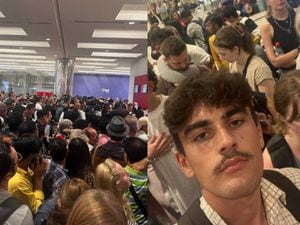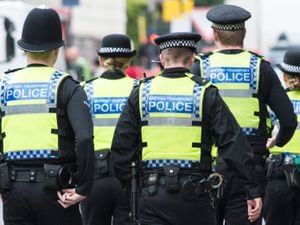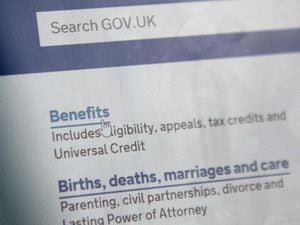Gemstones from crown jewels were hidden in buried biscuit tin during war
The remarkable story was unearthed for the documentary by Oliver Urquhart Irvine, the librarian, and assistant keeper of the Queen’s Archives.

Gemstones from the crown jewels were kept safe during the Second World War in a biscuit tin hidden at Windsor Castle, a BBC documentary will confirm.
It was known the precious stones had been taken to the Berkshire fortress in the early years of the war in case they fell into Nazi hands following an invasion, but there were few facts to the story.
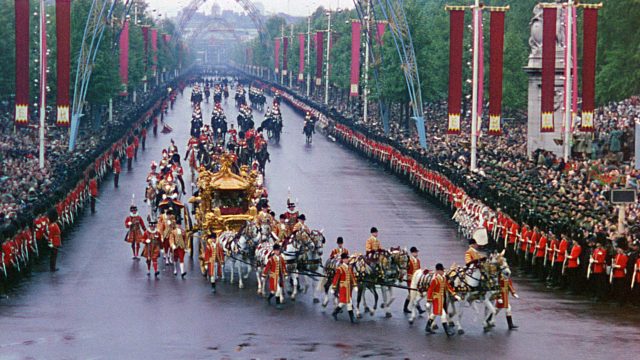
Now a BBC One programme about the crown jewels and the Queen’s coronation will reveal for the first time how the historic artefacts were secreted in a deep hole following orders from King George VI.
The gems, including the Black Prince’s Ruby from the Imperial State Crown, were placed in the biscuit tin and buried under a sally port – a secret exit from the castle used in times of emergency.
The Queen, who spent her war years at Windsor Castle for safety, was aware of the general story but did not know the details until told by royal commentator Alastair Bruce, who presents the documentary due to be screened on Sunday.

Mr Bruce told the Times newspaper: “What was so lovely was that the Queen had no knowledge of it. Telling her seemed strangely odd.”
The remarkable story was unearthed for the documentary by Oliver Urquhart Irvine, the librarian, and assistant keeper of the Queen’s Archives.
The royal commentator told the paper how “an electric set of letters” from Sir Owen Morshead, the royal librarian, to Queen Mary, the mother of George VI, shed light on the mystery.
Sir Owen’s documents describe how a hole was dug in chalk earth, which had to be covered to hide it from enemy bombers, and two chambers with steel doors created.
A trap door used to access the secret area where the tin box was kept still exists today.
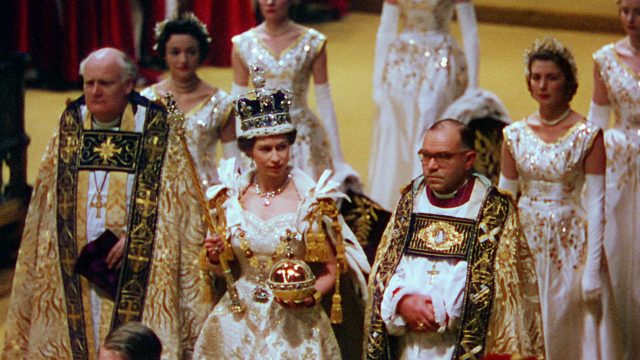
In the documentary, the Queen also talks about the amusing trials and tribulations of being head of state – from the perils of wearing a heavy crown, to her robes sticking to a thick carpet pile.
The Queen speaks candidly and with humour about the experience of her own coronation and the symbolic importance of artefacts associated with the sovereign in the one-hour programme.
She jokingly states you cannot look down when wearing the Imperial State Crown, which weighs 2lbs 13oz (1.28kgs), as your neck would “break”.



